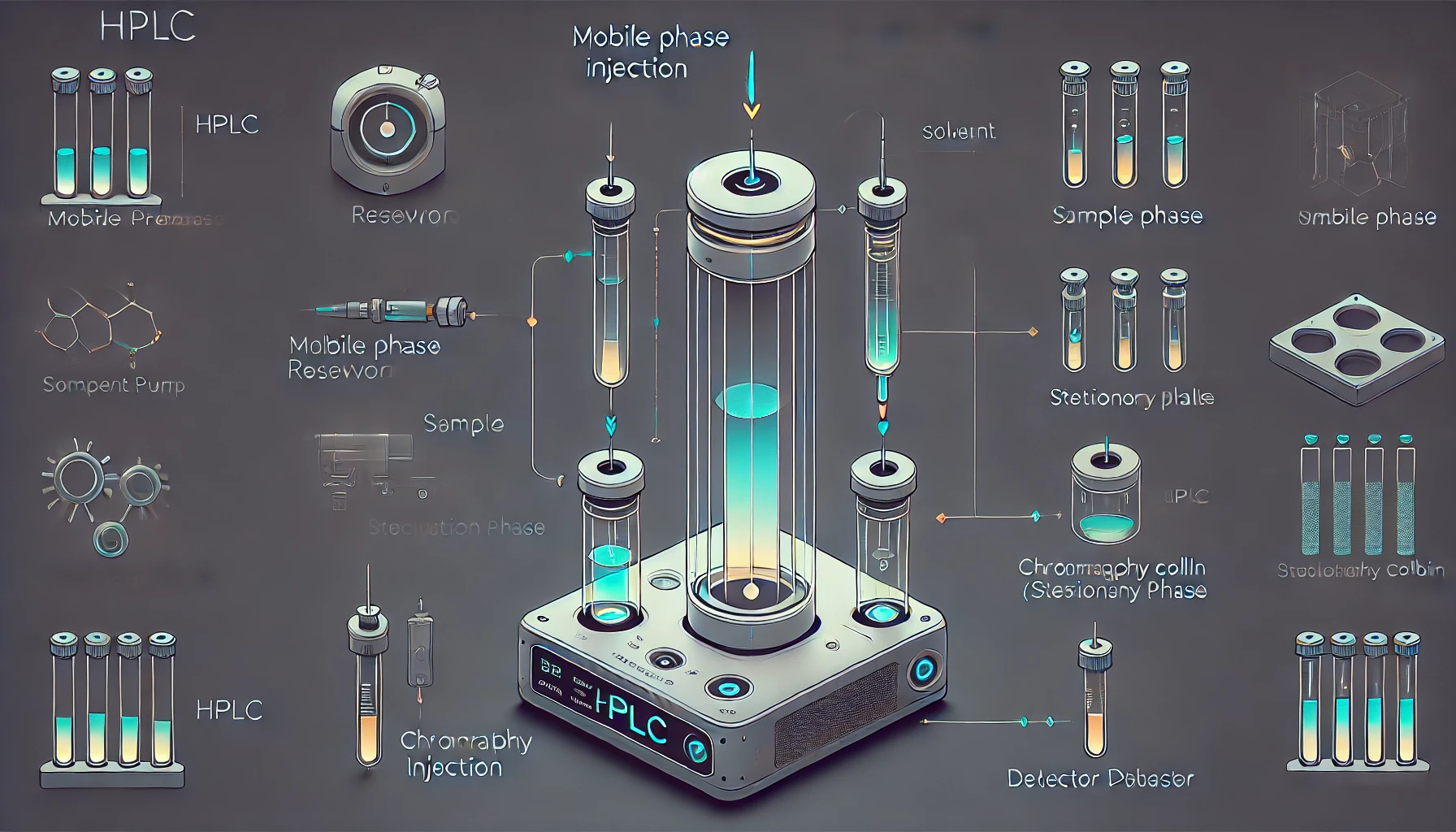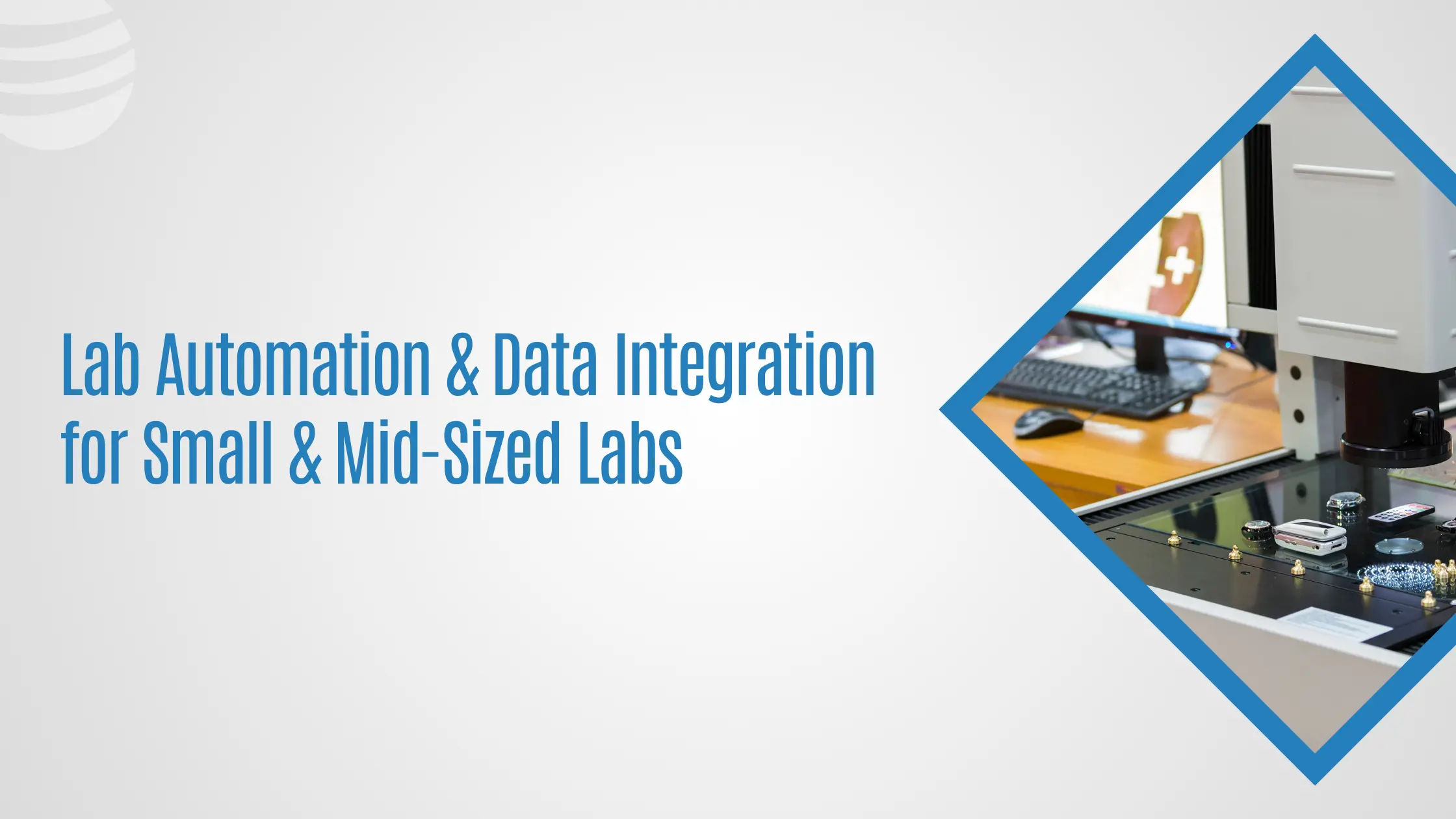
What is LC/MS and How It is performed in Lab Testing
Liquid Chromatography-Mass Spectrometry (LC-MS) is a highly effective analytical technique used for the qualitative and quantitative analysis of complex samples. By combining liquid chromatography (LC) and mass spectrometry (MS), LC-MS separates compounds based on their chemical properties and identifies them based on their mass-to-charge ratio (m/z). This hybrid method is essential in industries like pharmaceuticals, environmental science, food safety, and clinical diagnostics due to its ability to detect and quantify even trace amounts of compounds.
How LC-MS Works
1. Liquid Chromatography (LC)
Liquid Chromatography (LC), often performed using High-Performance Liquid Chromatography (HPLC), separates components of a sample based on their chemical interactions. In HPLC, the sample is injected into a column under high pressure. The compounds are separated as they pass through the stationary phase (column), with each compound eluting at a different retention time, depending on its interaction with the stationary phase.
2. Mass Spectrometry (MS)
Once the compounds are separated, they enter the mass spectrometer. Mass Spectrometry (MS) measures the mass-to-charge ratio (m/z) of ionized compounds. The process involves ionizing the molecules, sorting them by mass using a mass analyzer, and detecting them based on their m/z values. The resulting spectrum provides critical information about the molecular structure and mass of each compound.
LC-MS Testing Process
1. Sample Preparation
- Samples are prepared, dissolved in a solvent (the mobile phase), and introduced into the LC system, often using an autosampler for consistency and precision.
2. LC Separation
- As the sample flows through the LC column, its components separate based on their chemical interactions with the column’s stationary phase. Each component exits the column at a distinct retention time.
3. MS Analysis
- The separated compounds are ionized, and the mass analyzer sorts them by their mass-to-charge (m/z) ratio. The detector records ion signals, generating a mass spectrum for analysis.
4. Data Interpretation and Quantification
- Data is displayed as a total ion chromatogram (TIC), showing ion intensities over time. Specific mass spectra provide detailed information about the molecular structure of each component.
Importance of LC-MS in Lab Testing
LC-MS is invaluable in laboratories due to its ability to detect and quantify a wide array of compounds with high sensitivity and specificity. Its applications span across multiple fields:
- Pharmaceutical Testing: Analysis of drug metabolites and monitoring for impurities.
- Food Safety: Detection of contaminants like mycotoxins, pesticide residues, and additives.
- Environmental Monitoring: Identification of pollutants such as PFAS and heavy metals in soil and water.
Wikipedia
PerkinElmer Resources
LC-MS in Clinical Diagnostics
In clinical diagnostics, LC-MS is a powerful tool for analyzing biological samples with high precision. Its ability to detect and quantify compounds at low concentrations makes it crucial for several diagnostic tests.
Common Clinical Diagnostic Tests Performed Using LC-MS
Hormone Analysis:
- LC-MS is used to measure hormone levels in blood or urine, including testosterone, cortisol, and thyroid hormones. These tests are critical for diagnosing endocrine disorders like adrenal insufficiency or thyroid dysfunction.
PerkinElmer Resources
- LC-MS is used to measure hormone levels in blood or urine, including testosterone, cortisol, and thyroid hormones. These tests are critical for diagnosing endocrine disorders like adrenal insufficiency or thyroid dysfunction.
Therapeutic Drug Monitoring (TDM):
- LC-MS monitors drug levels in patients, ensuring that medications like antibiotics (e.g., vancomycin) and immunosuppressants (e.g., tacrolimus) stay within therapeutic ranges. This is vital for optimizing treatment and avoiding toxicity.
Chemyx Inc
- LC-MS monitors drug levels in patients, ensuring that medications like antibiotics (e.g., vancomycin) and immunosuppressants (e.g., tacrolimus) stay within therapeutic ranges. This is vital for optimizing treatment and avoiding toxicity.
Vitamin D Testing:
- Measurement of 25-hydroxyvitamin D in blood samples using LC-MS is a common test for assessing vitamin D status, which is crucial for bone health and immune function.
SHIMADZU CORPORATION
- Measurement of 25-hydroxyvitamin D in blood samples using LC-MS is a common test for assessing vitamin D status, which is crucial for bone health and immune function.
Biomarker Detection for Metabolic Disorders:
- LC-MS is used to detect biomarkers like organic acids and amino acids to diagnose metabolic disorders such as phenylketonuria (PKU).
SHIMADZU CORPORATION
- LC-MS is used to detect biomarkers like organic acids and amino acids to diagnose metabolic disorders such as phenylketonuria (PKU).
Newborn Screening:
- It plays a vital role in newborn screening programs, detecting rare genetic, endocrine, or metabolic conditions early in life, such as congenital adrenal hyperplasia and galactosemia.
PerkinElmer Resources
- It plays a vital role in newborn screening programs, detecting rare genetic, endocrine, or metabolic conditions early in life, such as congenital adrenal hyperplasia and galactosemia.
These examples show how LC-MS integrates into clinical diagnostics, offering unparalleled sensitivity and specificity for detecting and monitoring critical biomarkers and compounds in patient samples.
Retrieving and Reporting LC-MS Results in a Laboratory Information System (LIS)
After analysis, LC-MS data is seamlessly integrated into the laboratory’s Laboratory Information System (LIS), ensuring efficient capture, validation, and reporting with minimal human error.
Steps in Reporting LC-MS Results
Data Export and Integration:
- Mass spectrometry data is transferred automatically to the LIS, where it is combined with metadata about the sample and patient information for comprehensive record-keeping.
Validation and Quality Control:
- The LIS cross-checks results against known standards and controls to ensure accuracy and reliability. Any inconsistencies are flagged for further review by laboratory personnel.
Report Generation:
- Once validated, the LIS generates detailed reports, including information on concentration levels, retention times, and mass spectra for each compound. These reports can be customized and exported in various formats, such as PDF or Excel, for clinical documentation and compliance purposes.







